A brief history of women wearing trousers
Prudence Wade examines the centuries-old controversy surrounding women wearing trousers
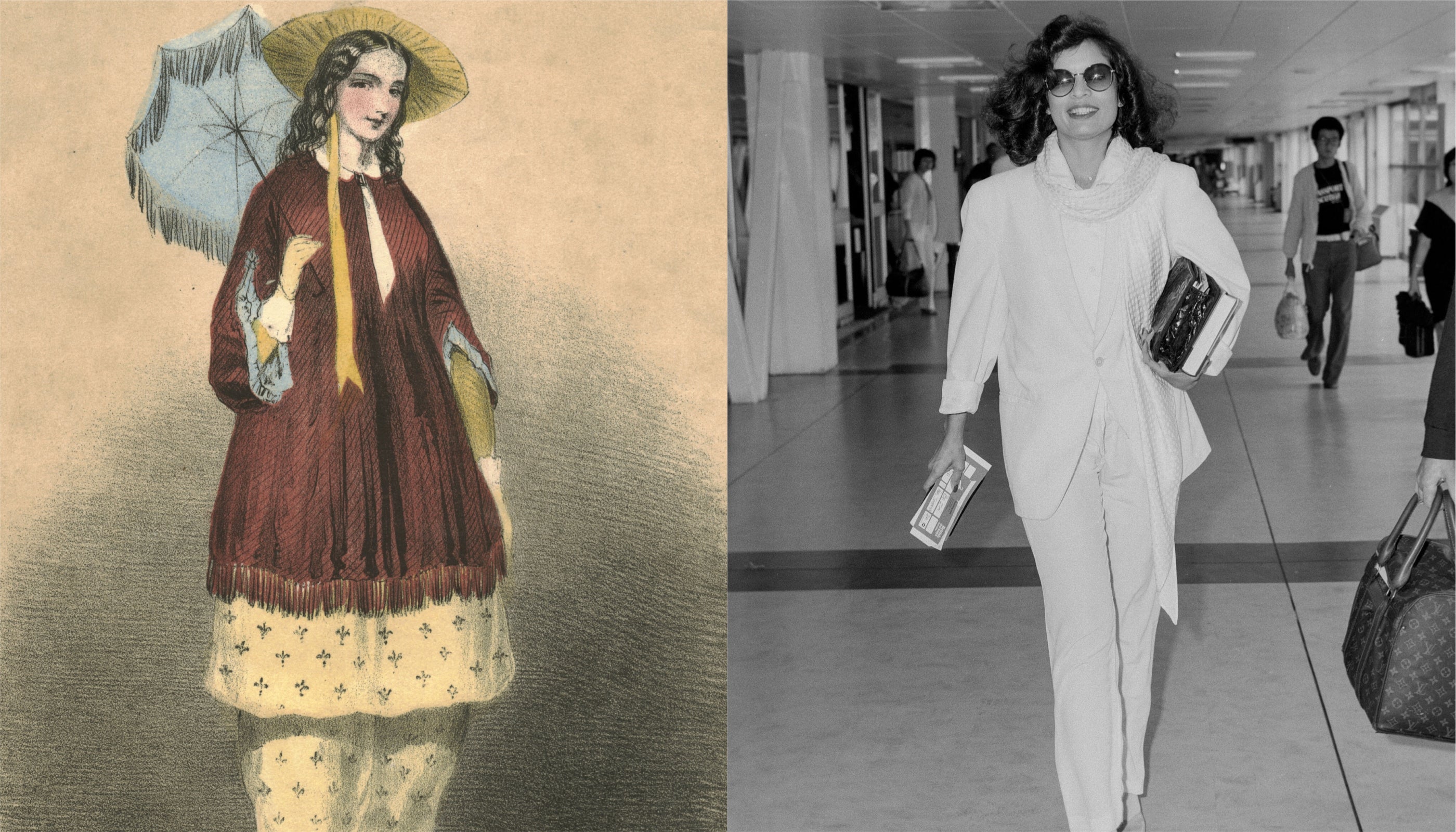
Your support helps us to tell the story
From reproductive rights to climate change to Big Tech, The Independent is on the ground when the story is developing. Whether it's investigating the financials of Elon Musk's pro-Trump PAC or producing our latest documentary, 'The A Word', which shines a light on the American women fighting for reproductive rights, we know how important it is to parse out the facts from the messaging.
At such a critical moment in US history, we need reporters on the ground. Your donation allows us to keep sending journalists to speak to both sides of the story.
The Independent is trusted by Americans across the entire political spectrum. And unlike many other quality news outlets, we choose not to lock Americans out of our reporting and analysis with paywalls. We believe quality journalism should be available to everyone, paid for by those who can afford it.
Your support makes all the difference.For the first time in its 182-year history, women will be allowed to wear trousers to the Henley Royal Regatta.
The Oxfordshire -based rowing event has updated its dress code for the Stewards’ Enclosure, so women can wear “jackets or blazers with trousers, or trouser suits”, as well as jumpsuits and culottes – but only if hemlines fall below the knee.
The change comes after a petition launched by Oxford student and member of the University Women’s Boat Club, Georgina Grant, garnered 1,683 signatures. “Excluding, discriminatory and sexist dress codes are rife and we need to change this,” she argued.
Sir Steve Redgrave chairman of the Regatta, told The Telegraph it was an “evolution not revolution” which he was “very much in favour of”.
Even though women wearing trousers is hardly as scandalous today as it once was, the update to the Regatta’s dress code is a big step for such a traditional event. The history of ladies in trousers has certainly come a long way:
Hidden beginnings
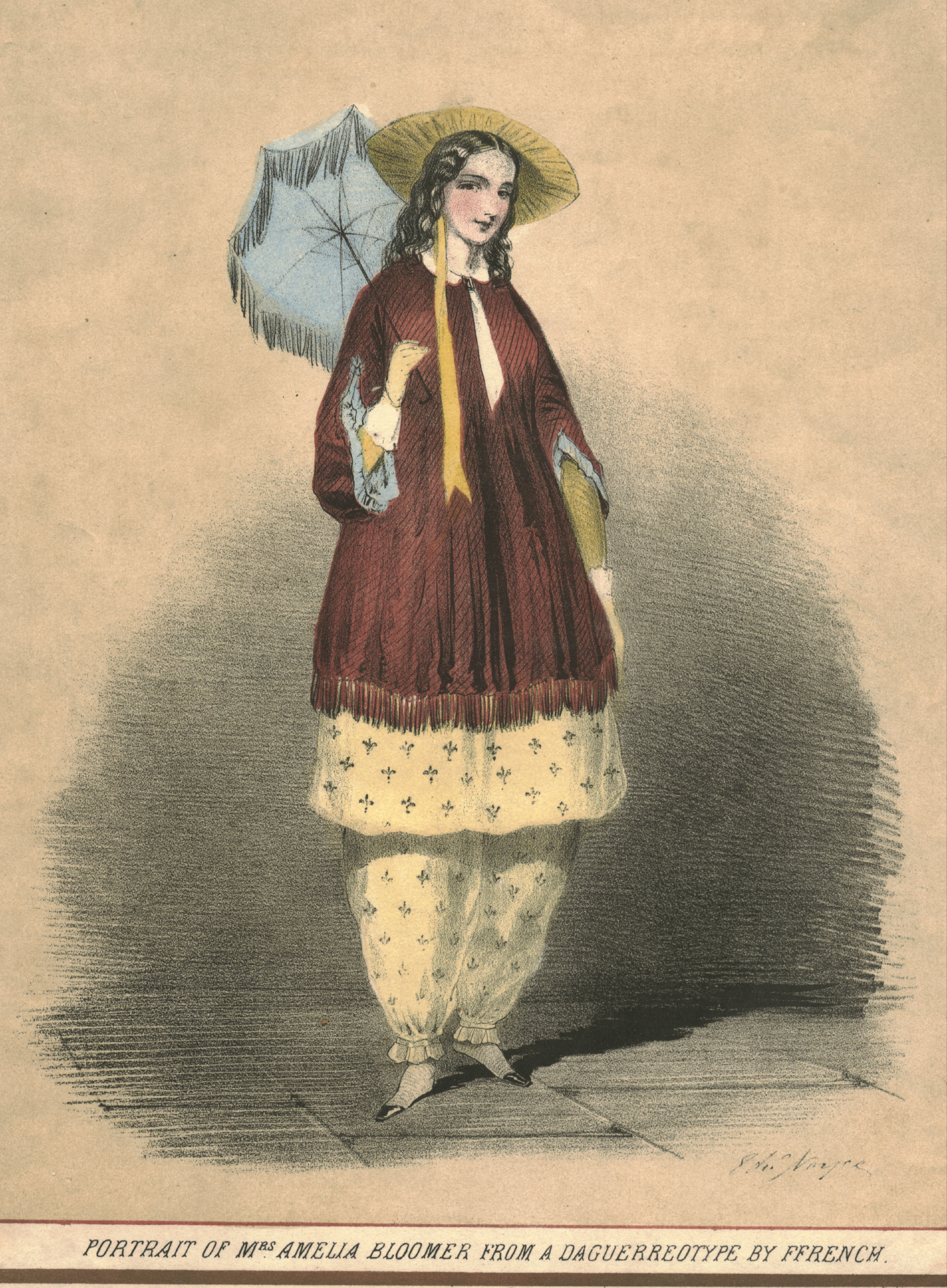
Our short history focuses on the Western world – there are examples of women wearing trousers in ancient China and the Ottoman Empire dating back centuries.
During the 19th century, women in the US and UK were expected to wear big, billowing skirts – they were a sign of femininity and conservatism, as they didn’t show off the shape of ladies’ legs. Contrast this to men wearing trousers, which are easier to move around in. This isn’t to say women didn’t wear trousers at all. Sometimes they were worn for horse-riding, but even then, they were hidden underneath skirts – that’s how taboo the style was.
In the mid-1800s, activist Amelia Bloomer discovered Turkish-style pantaloons, and advocated for women to wear these loose trousers (which famously became known as ‘Bloomers’), although they were frowned upon by wider society.
As the decades progressed, there were a few other examples of women wearing trousers – most notably during the world wars, when women took on traditionally male jobs. However, it was definitely not the norm, and ladies were still expected to stick to skirts.
Trousers continue to be taboo
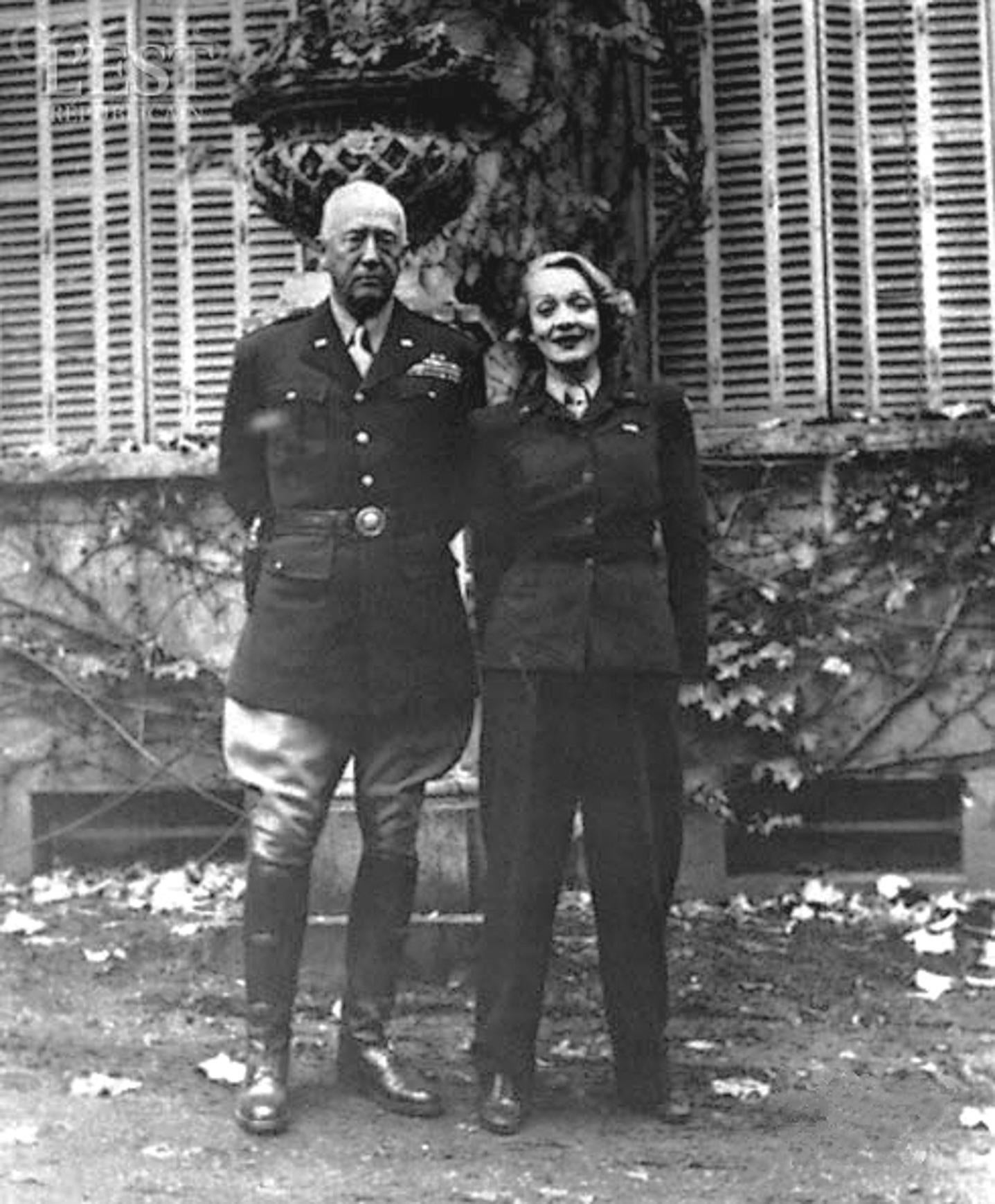
After the first world war, there were a few famous examples of women donning trousers. Hollywood stars such as Marlene Dietrich and Katharine Hepburn were known for their androgynous style in the 1930s, while later on, Audrey Hepburn made a splash in cropped slacks in the 1957 film Funny Face.
However trousers were by no means mainstream attire for women in the early to mid-20th century and it would still be something of a shock to see ladies wearing them.
Finally breaking through
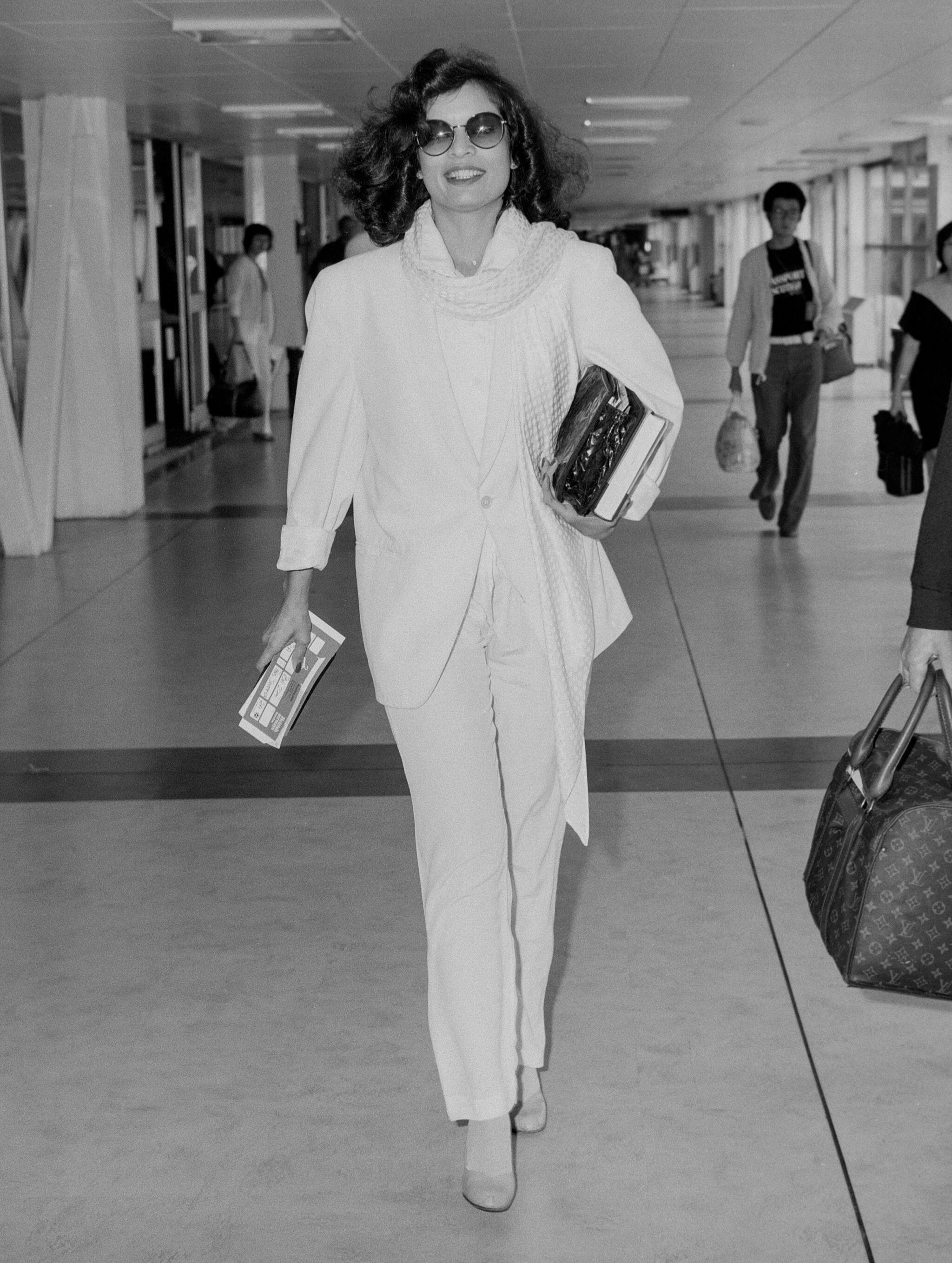
There was a shift in consciousness in the late 1950s with the explosion in popularity of capri trousers, but trousers really had a breakthrough in the 1960s and 1970s thanks to the women’s liberation movement.
Women were calling for equal rights – at home, at work and even in their wardrobes. This meant breaking free from the strictures placed on them by society, and that included the pressure to wear skirts and behave in a way that was considered feminine and demure.
Designer Yves Saint Laurent helped bring this even further into the mainstream with Le Smoking, a tuxedo debuted in 1966 specifically tailored to women’s bodies.
Trousers today
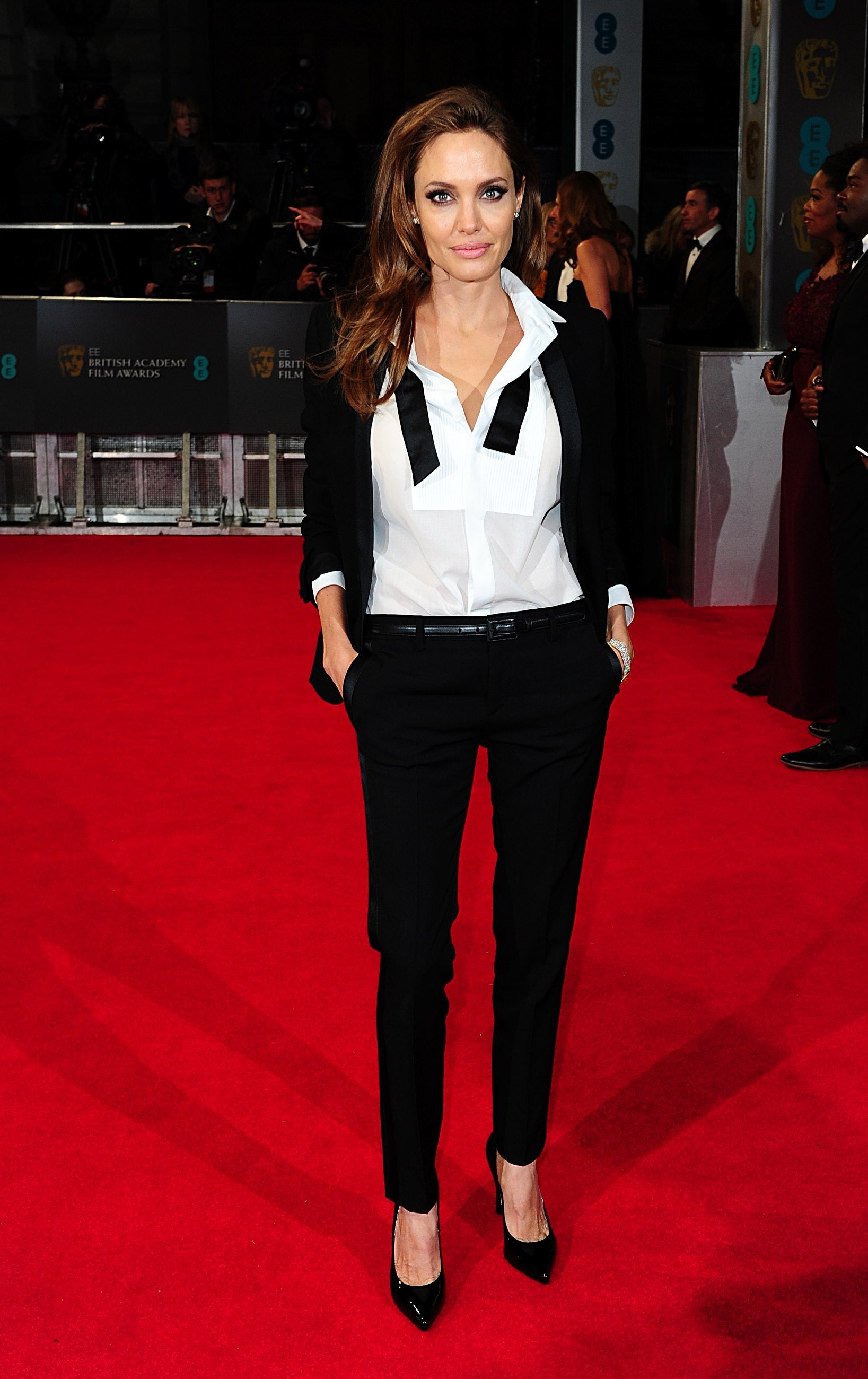
The fact the Henley Regatta’s dress code is only changing now suggests there’s still a certain amount of stigma attached to ladies wearing trousers.
Incredibly, a 200-year ban on women wearing trousers in France was only overturned in 2013. Of course, it hadn’t been strictly policed, but it was still there. Plenty of schools still enforce a skirts-only uniform for girls, and female flight attendants on Virgin Atlantic couldn’t wear trousers until 2019.
However, the way we see fashion is slowly shifting. There’s a more androgynous approach to style – both on the red carpet and in the streets – meaning trousers aren’t nearly as taboo as they once were. It’s no longer just about allowing women to wear trousers – it’s about letting anyone wear whatever they want, free of shame or judgement.